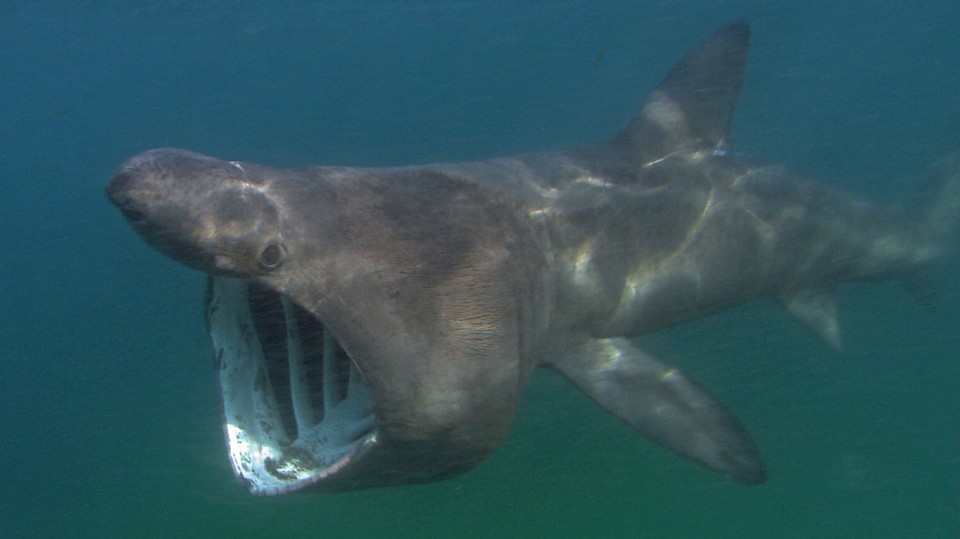Through something known to biology students as the “ten-percent rule”. In most biology textbooks, you will come across the idea that each organism is linked to others in its ecosystem by what it eats – at its most basic, this concept is represented graphically as a ‘food chain’. The figure below shows a basic food chain. Incidentally, I should point out that the concept of a food ‘chain’ is misleading, because it suggests that each organism only feeds on a single prey item. This is, of course, seldom the case and most animals feed on many different species. This more complex idea is depicted as a food ‘web’, showing the many and varied interconnecting feeding relationships of an ecosystem. For the sake of simplicity, however, I will stick to the food chain for this example.

As a general rule of thumb, about 90% of the potential energy contained in any given food item is lost at each level of the food chain through respiration, excretion, etc. This means that only 10% of the energy from the level below is assimilated (i.e. turned into tissue mass) by the level above. Thus, as you move up the food chain, the amount of energy ‘available’ to the next level becomes less and less to the point that the secondary carnivores only assimilate 0.1% of the energy that was originally in the plants at the bottom of the chain. To put it another way, as you move down the food chain, the amount of available energy increases. So, the closer you get to the bottom of the food chain, the more energy available to put towards your growth and development.
For the Basking (Cetorhinus maximus) and Whale sharks (Rhincodon typus), the closest they can get to the bottom of the food chain is to be herbivorous, and this allows them to make use of a much larger energy base than their non-planktivorous kin. These sharks aren’t truly herbivorous, because they don’t discriminate between zooplankton (minute floating animals) and phytoplankton (minute floating plants), and Whale sharks will also eat small fish and coral spawn. This “ten-percent” rule does, however, serve to illustrate why there are generally more herbivores than there are carnivores on the planet.

Utilizing a low tropic level is only part of the reason for the Basking shark’s success. Work by David Sims at the Marine Biological Association in Plymouth has revealed some fascinating insights into the feeding behaviour and energetics of the world’s second largest fish species. Not only was Sims able to trounce the dogmatic notion that Basking sharks hibernate in winter, he was also able to show that basking sharks have much lower energy requirements than originally thought.
Several lines of circumstantial evidence pointed to Basking sharks entering a period of hibernation (or perhaps more accurately torpor) during the winter months; one of these was that the sharks seemed to shed their gill rakers (feeding apparatus) in the autumn. The shedding of rakers in winter was, however, observed in only three animals. With the aid of satellite tagging, Sims was able to show that, although the sharks do shed their rakers in the autumn, they do so gradually. Thus, it seems that they are active year-round, with specimens found in winter having both gill rakers and food in their stomachs. Furthermore, Sims found that Basking sharks target specific types of zooplankton, those that grow to a nice juicy size, and are very adept at doing so while cruising along water fronts (areas where two bodies of water, often of different temperatures, meet). Sims has also demonstrated that Basking sharks typically require only about one-third of the energy (food) that they were originally thought to need.
So, feeding on animals at the bottom of the food chain allows these behemoths access to large quantities of food and, Basking shark at least, are more energetically efficient that we first realised.